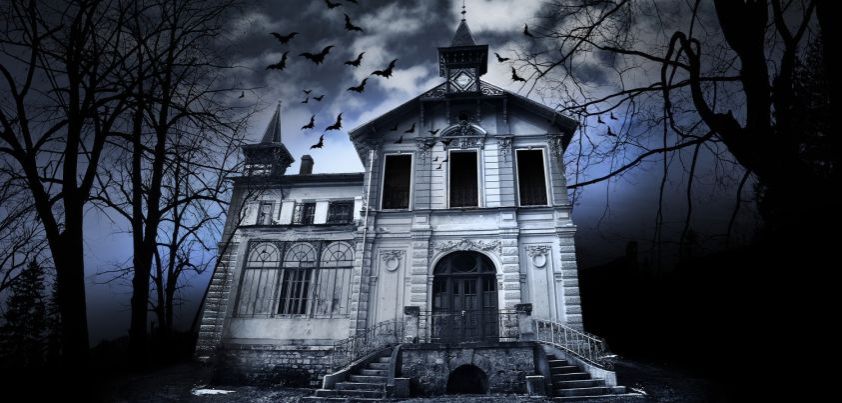 If you read Virginia Woolf‘s A Haunted House expecting it to be a horror story, you will come away disappointed. Rather than scary, the best words I can think of to describe the story are “sweet and sour”. Sweet because it involves two ghosts who are still very much in love after hundreds of years. Sour because (for me) Woolf confuses the plot with a little too much poetic prose. Although the central theme of the story is love, its message is more focused. Life is short, so we should treasure each moment we spend with the ones we love.
If you read Virginia Woolf‘s A Haunted House expecting it to be a horror story, you will come away disappointed. Rather than scary, the best words I can think of to describe the story are “sweet and sour”. Sweet because it involves two ghosts who are still very much in love after hundreds of years. Sour because (for me) Woolf confuses the plot with a little too much poetic prose. Although the central theme of the story is love, its message is more focused. Life is short, so we should treasure each moment we spend with the ones we love.
Original Text / PDF (690 words)
The house is occupied by two couples: a living one and the ghostly one. The story is told in the first person by a member of the living couple. As always in such instances, observations are limited to events and thoughts personally experienced by or communicated to the narrator. This means that they can be biased or misinterpreted.
The narrator seems to have a “medium-like” ability. He/she can sense and hear the ghosts as they move about the house, and also pick up vibrations from the house itself. In the first paragraph we have the two ghosts going from room to room lifting here, opening there, making sure, seemingly looking for something.
There is a suggestion that the ghosts are referring to something that may exist all over the house. “Here we left it,” she said. And he added, “Oh, but here too!” “It’s upstairs,” she murmured. “And in the garden,” he whispered. The narrator wrongly concludes that the ghosts have lost or misplaced a single object. They’re looking for it… But they had found it in the drawing room. The misdirection continues with the “pulse of the house” chipping in softly. Safe, safe, safe… The treasure buried; the room….
Many comments I have seen suggest that the ghosts’ treasure, metaphorically referred to in the last sentence as The light in the heart, is being able to vicariously feel the love of the living couple as they move around the house. Hence the ghostly woman’s interest in the living couple asleep in their bed… the love upon their lips … their hidden joy.
The above interpretation assumes that the “heart” referred to is that of the narrator. The ambiguity of the last sentence lends itself to an alternative view, or even the existence of a second “treasure”. The opening sentence in that paragraph reads: “Safe, safe, safe,” the heart of the house beats proudly. If we take it that last sentence refers to the heart of the house, the “light” (treasure) is the ghostly couple’s cherished memories of their life together.